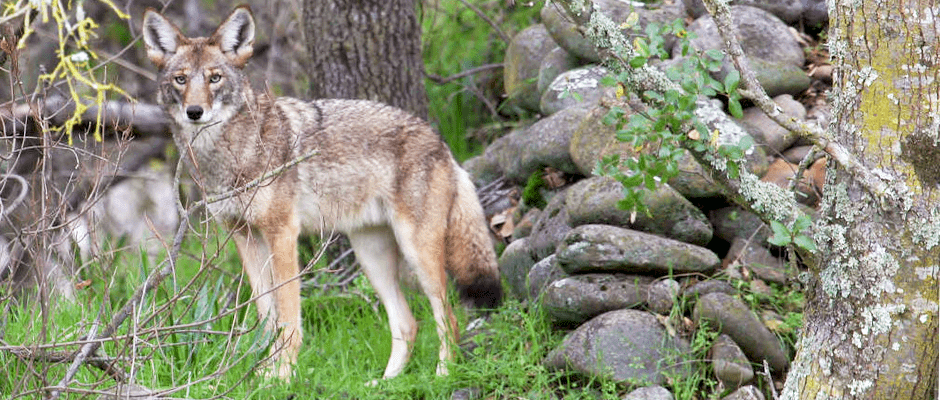Share this article
Coyotes thrive in Southeast at expense of deer populations
Coyotes began migrating eastward throughout the latter half of the 20th Century. Once restricted to the western plains, they now occupy most of the continent and have invaded farms and cities, where they have expanded their diet to include squirrels, household pets and discarded fast food.
Land-use changes in the U.S., the disappearance of wolves, a growing human population, and a remarkable ability to adapt to new environments and conditions encouraged coyotes to expand into new habitats and thrive, while other predators faced with similar pressures dwindled and faced extinction.
John Kilgo, a research wildlife biologist with the U.S. Forest Service, said humans transporting coyotes to the Southeast as hunting stock also sped up coyote establishment in that region. Some escaped into the wild, survived and reproduced. The purpose of Kilgo’s research is to better understand the abundance, population dynamics, and ecology of coyotes in the Southeast, as well as the magnitude of coyote predation on deer fawns and the potential for this predation to affect deer population size.
“Bottom line, the coyote is here to stay in the Southeast,” Kilgo said. “Before they migrated into the Southeast, hunting was barely able to keep up with expanding deer populations.” Coyotes rarely attack adult deer, but they prey on fawns.
“Trapping is probably too time consuming and labor intensive for private landowners to adopt, especially when the results are uncertain,” Kilgo said. “The best way to ensure that more fawns survive is to shoot fewer does during hunting season because that means more fawns will be born in the spring.”
Deer hunting is a very popular activity in South Carolina, generating about $200 million in direct retail sales annually. The 2015 Deer Hunter Survey documents a decline in the state’s deer population since the 1990s that coincides with the increase in coyotes. The report also noted Kilgo’s research at the U.S. Department of Energy’s Savannah River Site. Findings from the study, along with declines in deer numbers, prompted the state of South Carolina to implement stricter bag limits for deer as a result of the documented reductions in fawn recruitment.
Only time will tell if the stricter rules on deer hunting are effective in reducing their downward population trend. One factor could be whether the now-established coyote population continues to swell in South Carolina and elsewhere in the South. They are highly adaptable to new conditions and appear to be thriving in the South. Coyotes eat almost anything, vegetation as well as meat. They eat everything from roadkill to rabbits to wild fruits.
Given their fecundity and adaptability, do coyotes have a natural nemesis?
“When it comes to canines such as wolves, coyotes or foxes, the big dog wins,” Kilgo said. Their numbers declined in Yellowstone National Park after the wolves were re-introduced there. With no current plans to bring wolves to the Southeast, Kilgo said wildlife managers need to accept coyotes as a permanent presence and researchers need to get a better understanding of their effects on other species and the ecology of the region.
This article originally appeared on the USFS blog and can be viewed here.
Header Image: Coyotes thrive in Southeast at expense of deer populations. ©USFWS








